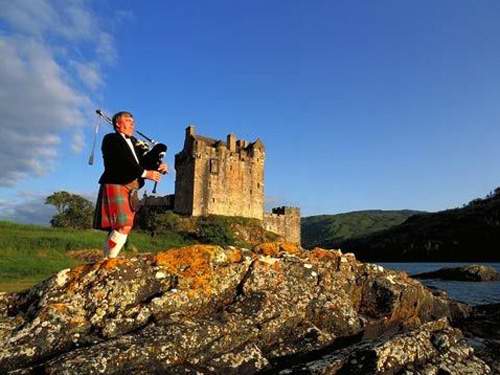As for Mason and Dixon, they returned to England as scientific heroes and, for reasons unknown, dissolved their partnership. Considering the frequency with which they turn up at seminal events in eighteenth-century science, remarkably little is known about either man. No likenesses exist and few written references.
梅森和狄克遜回到英國,成了科學(xué)上的英雄;但是,不知什么原因,他們的伙伴關(guān)系卻無可挽回地破裂了。考慮到他們經(jīng)常出現(xiàn)在18世紀(jì)的重大科學(xué)活動中,對這兩個人的情況知道得如此之少,這是很引人注目的。沒有照片,極少文字資料。

Of Dixon the Dictionary of National Biography notes intriguingly that he was "said to have been born in a coal mine," but then leaves it to the reader's imagination to supply a plausible explanatory circumstance, and adds that he died at Durham in 1777. Apart from his name and long association with Mason, nothing more is known.
關(guān)于狄克遜,《英國人名詞典》巧妙地提到,他"據(jù)說生在煤礦里",然后讓讀者去發(fā)揮自己的想像力,提供合理的解釋。《詞典》接著說,他1777年死于達勒姆。除了他的名字和他與梅森的長期伙伴關(guān)系以外,別的一無所知。
Mason is only slightly less shadowy. We know that in 1772, at Maskelyne's behest, he accepted the commission to find a suitable mountain for the gravitational deflection experiment, at length reporting back that the mountain they needed was in the central Scottish Highlands, just above Loch Tay, and was called Schiehallion.
關(guān)于梅森的情況,資料稍多一點。我們知道,1772年,他應(yīng)馬斯基林的請求,奉命尋找一座山,供測量引力偏差之用;最后,他發(fā)回報告,他們需要的山位于蘇格蘭高地中部,就在泰湖那里,名叫斯希哈林山。
Nothing, however, would induce him to spend a summer surveying it. He never returned to the field again. His next known movement was in 1786 when, abruptly and mysteriously, he turned up in Philadelphia with his wife and eight children, apparently on the verge of destitution. He had not been back to America since completing his survey there eighteen years earlier and had no known reason for being there, or any friends or patrons to greet him. A few weeks later he was dead.
然而,他怎么也不肯花一個夏天來對它進行測量。他再也沒有回到現(xiàn)場。人們知道,他的下一個活動是在1786年。他突然神秘地帶著他的妻子和8個孩子出現(xiàn)在費城,顯然窮困潦倒,令人慘不忍睹。他18年前完成測量工作以后沒有回過美洲,這次回來沒有明顯的理由,也沒有朋友或資助人迎接他。幾個星期以后,他死了。











